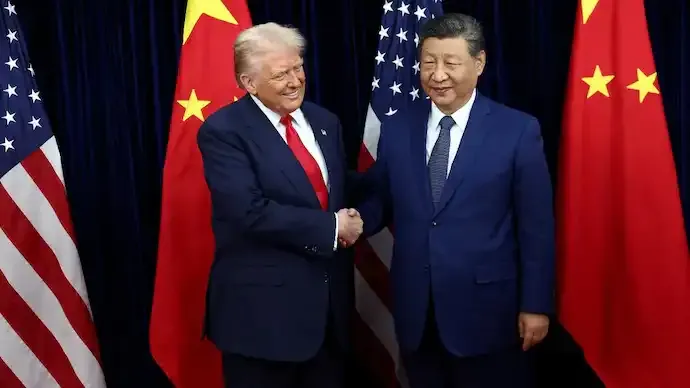Shopping cart
Your cart empty!
Terms of use dolor sit amet consectetur, adipisicing elit. Recusandae provident ullam aperiam quo ad non corrupti sit vel quam repellat ipsa quod sed, repellendus adipisci, ducimus ea modi odio assumenda.
Lorem ipsum dolor sit amet consectetur adipisicing elit. Sequi, cum esse possimus officiis amet ea voluptatibus libero! Dolorum assumenda esse, deserunt ipsum ad iusto! Praesentium error nobis tenetur at, quis nostrum facere excepturi architecto totam.
Lorem ipsum dolor sit amet consectetur adipisicing elit. Inventore, soluta alias eaque modi ipsum sint iusto fugiat vero velit rerum.
Sequi, cum esse possimus officiis amet ea voluptatibus libero! Dolorum assumenda esse, deserunt ipsum ad iusto! Praesentium error nobis tenetur at, quis nostrum facere excepturi architecto totam.
Lorem ipsum dolor sit amet consectetur adipisicing elit. Inventore, soluta alias eaque modi ipsum sint iusto fugiat vero velit rerum.
Dolor sit amet consectetur adipisicing elit. Sequi, cum esse possimus officiis amet ea voluptatibus libero! Dolorum assumenda esse, deserunt ipsum ad iusto! Praesentium error nobis tenetur at, quis nostrum facere excepturi architecto totam.
Lorem ipsum dolor sit amet consectetur adipisicing elit. Inventore, soluta alias eaque modi ipsum sint iusto fugiat vero velit rerum.
Sit amet consectetur adipisicing elit. Sequi, cum esse possimus officiis amet ea voluptatibus libero! Dolorum assumenda esse, deserunt ipsum ad iusto! Praesentium error nobis tenetur at, quis nostrum facere excepturi architecto totam.
Lorem ipsum dolor sit amet consectetur adipisicing elit. Inventore, soluta alias eaque modi ipsum sint iusto fugiat vero velit rerum.
Do you agree to our terms? Sign up

Speculation over a new “G2” axis between the United States and China gained traction after President Donald Trump’s social media post announcing, “The G2 will be convening shortly,” ahead of his October 30 meeting with Chinese President Xi Jinping in Busan, South Korea. But the reality of the summit turned out to be far less dramatic than the rhetoric.
The concept of a “G2” — short for “Group of Two” — has long symbolized a hypothetical partnership between the world’s two most powerful economies, co-managing global affairs. Trump’s statement sparked speculation among analysts and US allies about whether Washington and Beijing were moving toward such a model, sidelining traditional multilateral forums.
However, the meeting itself, which lasted under two hours, focused narrowly on easing tensions in the ongoing US–China trade war. According to reports, the discussions were primarily economic, with no sign of geopolitical power-sharing.
Following the meeting, Trump said progress was achieved on several fronts. Beijing agreed to resume large-scale US soybean imports, supply rare earth minerals crucial for American industries, and tighten measures against the illegal export of fentanyl. In exchange, the US administration announced a 10 percent reduction in tariffs on Chinese goods, bringing them down to 47 percent.
China’s statement after the meeting took a more idealistic tone, hinting at joint global responsibility: “China and the United States can jointly show the responsibility of major countries and work together to do some major events, practical things, and good things beneficial to both nations and the world.”
While this language echoed early 2000s optimism around US–China cooperation, both countries’ actual policies remain far from a genuine “G2” partnership.
The notion of a US–China “G2” has its intellectual roots in the writings of figures like Zbigniew Brzezinski and Henry Kissinger, who saw potential for cooperation between the two powers to stabilize the global order. Yet, the idea has been consistently rejected by both sides.
China prefers multilateral platforms like the UN or BRICS, resisting any bilateral arrangement that might position it as a junior partner to the US. The US, meanwhile, continues to prioritize alliances and multilateral structures — including NATO, AUKUS, and its partnerships in the Indo-Pacific — to counterbalance Beijing’s growing influence.
For Washington’s Asian allies, particularly Japan, South Korea, and Taiwan, any notion of a G2-style world order raises serious concerns about being sidelined or sacrificed to great-power bargaining.
Trump’s “G2” remark, therefore, appears more rhetorical than a real policy pivot. It fits his long-standing communication style — bold, headline-grabbing, and strategically vague. The Busan summit, centered on trade relief rather than global realignment, confirms that the United States is not about to redraw global power structures with China.
In essence, the brief Trump–Xi interaction was about short-term economic relief, not long-term geopolitical redesign. The world, for now, remains multipolar — and the US–China relationship remains one of competition more than co-management.
9
Published: 16h ago